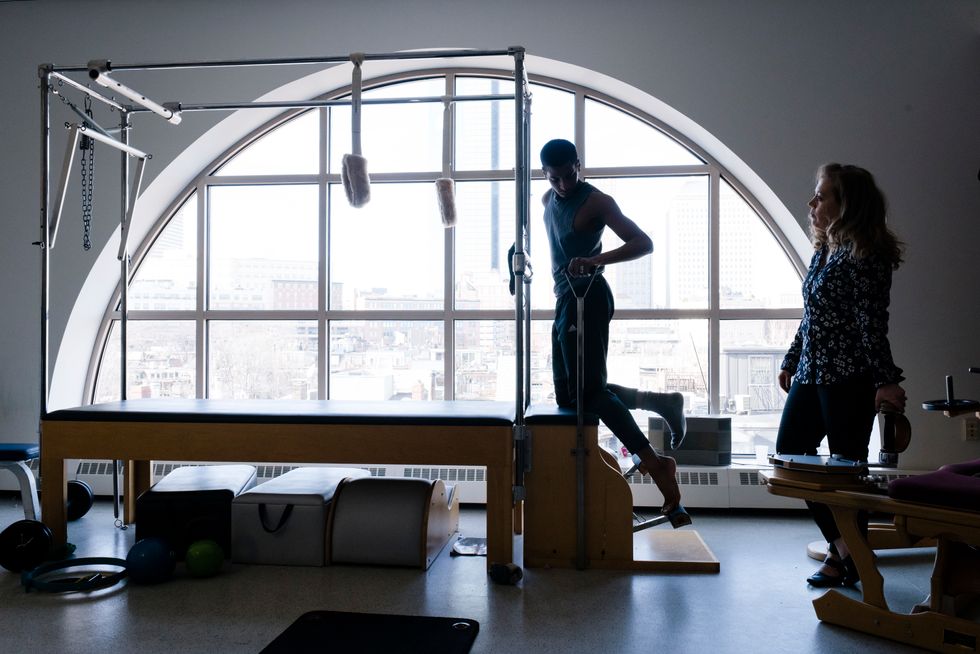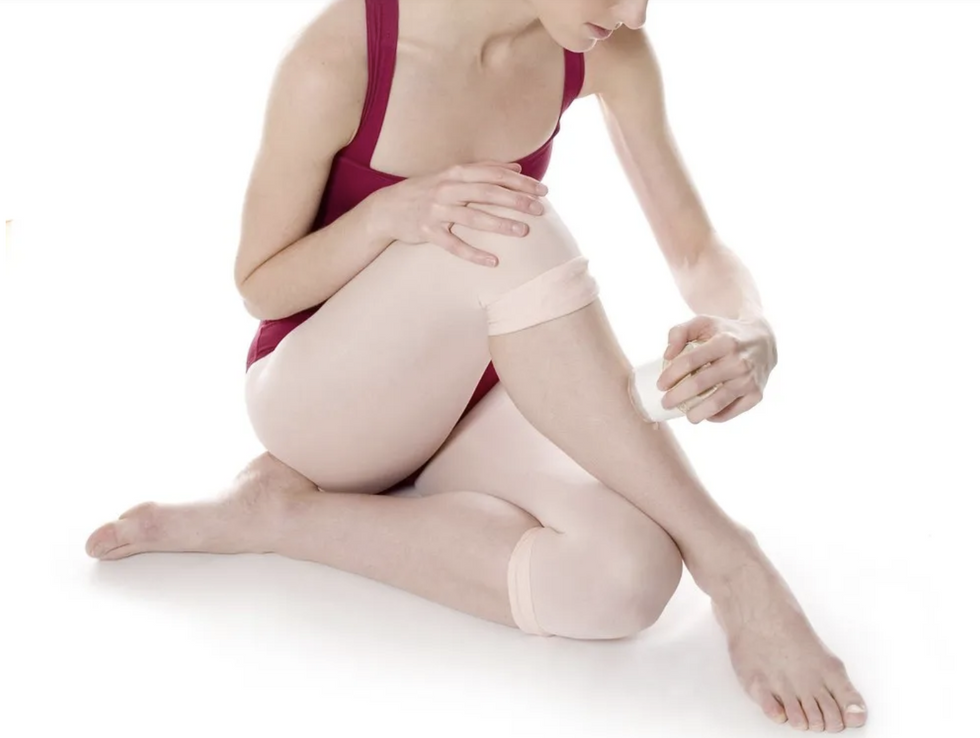Could Icing Your Injuries Actually Slow Down Your Recovery?
It’s become second nature in dance studios: The instant anyone gets hurt, our immediate reaction is to run to the freezer to grab some ice (or, more realistically, a package of frozen peas).
But as routine as icing our injuries might be, the benefits are not actually backed up by scientific studies. And some experts now believe icing could even disrupt the healing process.
Repeat after us: Inflammation isn’t evil.
Why the 180-degree turnaround? For years, we were told that we wanted to decrease inflammation as much as possible after an injury, and icing was one of the best ways to do that.
But scientists now realize that inflammation is actually a critical part of the recovery process—it’s how our immune system sends healing blood cells to damaged tissues. Slowing the blood flow with cold therapy only delays things.
Even physician Gabe Mirkin, who helped popularize the RICE (Rest, Ice, Compression, Elevation) method in 1978’s The Sports Medicine Book, now advises against it.
RICE has become PEACE & LOVE.
So if we aren’t supposed to ice, what should we be doing instead?
Last month, two British physical therapists and injury experts recommended a new two-part acronym in the British Journal of Sports Medicine: PEACE & LOVE.
In a very poetic fashion, PEACE is meant to immediately follow an injury, while LOVE comes after the first few days.
P = Protect.
(Restrict movement to avoid aggravating the injury)
E = Elevate.
(Keep the injured limb higher than your heart to promote fluid flow out of the tissue.)
A = Avoid anti-inflammatory modalities.
(Say “no” to both ice and anti-inflammatory medicines.)
C = Compress.
(Wrap the area to reduce swelling and hemorrhages.)
E = Educate.
(Learn about the proper approach to recovery.)
&
L = Load.
(Once symptoms allow, slowly start dancing again to promote tissue repair.)
O = Optimism.
(Stay positive—the brain has a powerful effect on the body.)
V = Vascularization.
(Find a pain-free form of cardio to boost blood flow to the injured tissue.)
E = Exercise.
(Follow a physical therapy prescription to increase mobility and strength.)

Liza Voll
But if icing makes you feel better, go for it.
Still, some sports medicine experts aren’t ready to swear off icing entirely. Because it does have one major, undisputed benefit: pain relief. And that isn’t something to snub your nose at.
As Mirkin, the man who coined and then denounced the term RICE, told Outside magazine, “The penalty isn’t permanent.” It’s not that you’ll never recover if you ice an injury—it’s just going to take a bit longer.





